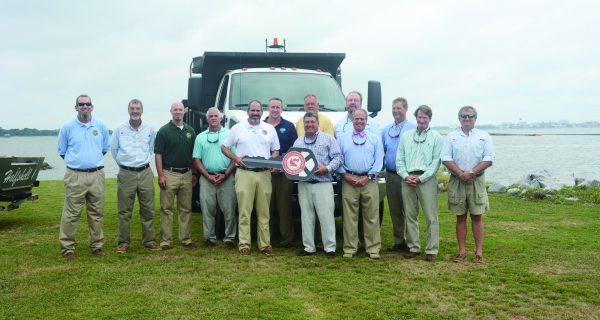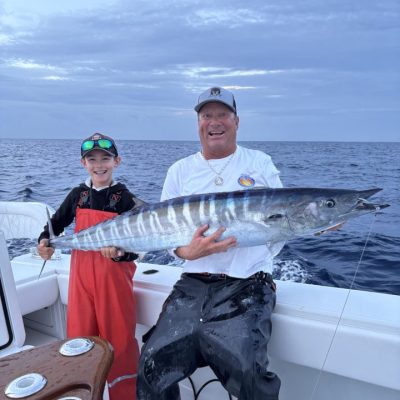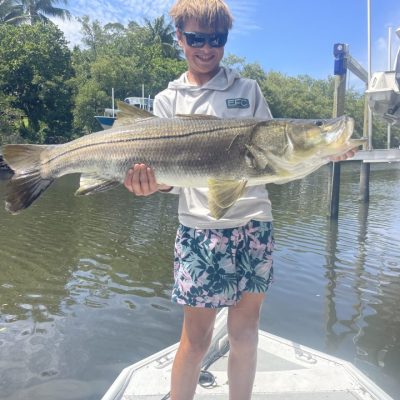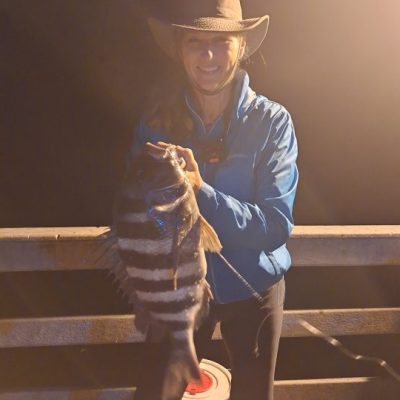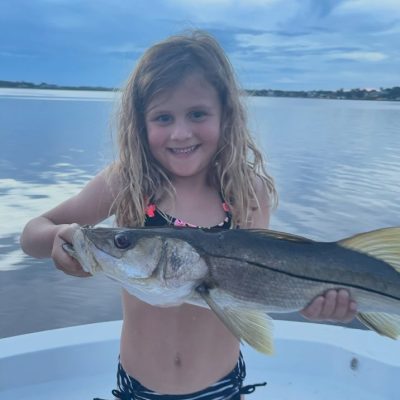Conservation
Environmental and waterway news.
Latest in Conservation
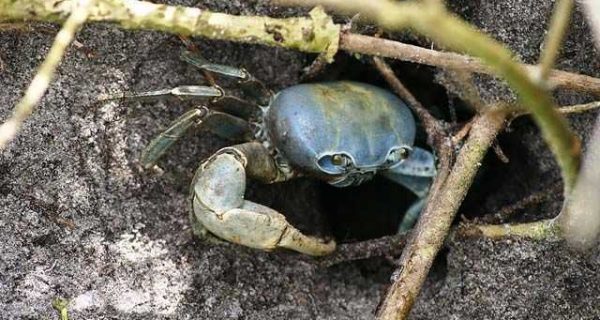
East Coast Blue Crab Closure Ends Early
Recreational and commercial blue crab traps may now be placed back in state waters (shore to 3 nautical miles, including …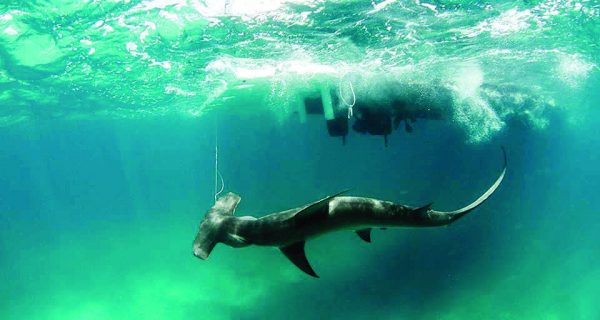
New Study Reveals Vulnerability of Sharks Commercial Bycatch
Researchers analyzed more than 10 years of shark bycatch data from the western Atlantic Ocean and Gulf of Mexico longline fisheries.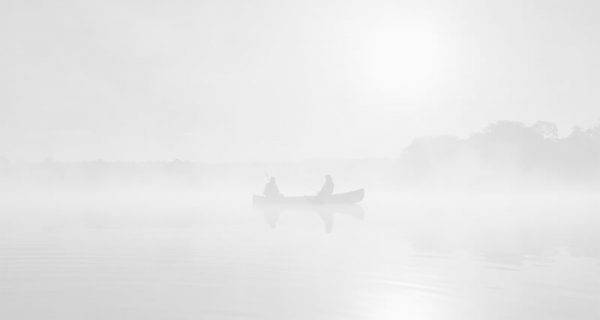
Coastal Conservation Association Inter-Chapter Challenge Sets Records
The Coastal Conservation Association Florida (CCA) held its annual Inter-chapter Challenge (ICC) June 20-21 at Jensen Beach. A record 197 anglers representing 19 local chapters statewide made the trip to fish the tournament at Jensen Beach, near Port St. Lucie.
Commercial Turtle Poachers Busted
Four men have been charged in the alleged illegal capture and exchange of 2,100 pounds of live, wild-caught turtles. A Florida Wildlife Conservation Commission investigation was launched in March after the arrest of My Van Vo, 31, of Lakeland, who was caught on Lake Apopka near Orlando with 87 softshell turtles weighing in excess of 500 pounds. The subsequent investigation throughout Polk and Seminole counties netted two other men and an Okeechobee freshwater turtle farmer.
New Projects Miss Opportunity to Jump Start Restoration in the Gulf
In June, a partnership of Gulf state and federal agencies announced they are approving $627 million in early restoration projects for Louisiana, Alabama, Mississippi, Florida and Texas, as part of the Natural Resources Damage Assessment of the BP Deepwater Horizon oil disaster. This is another milestone in the process to restore the Gulf of Mexico. But the news isn’t all positive.